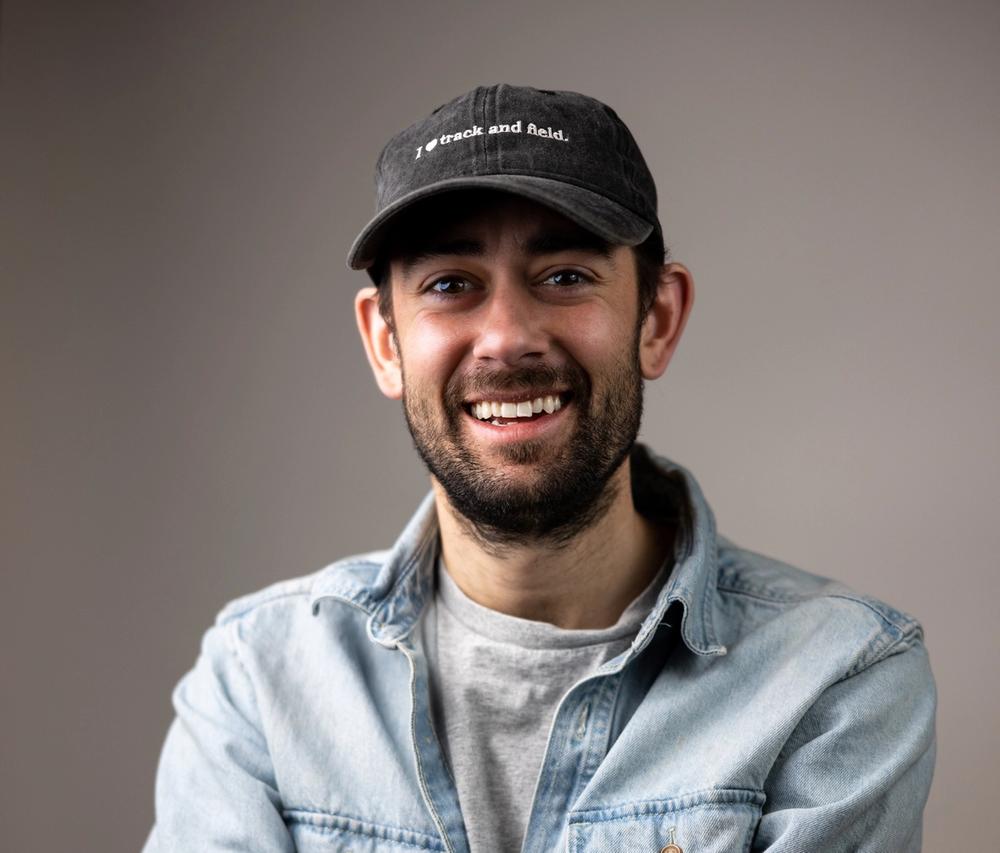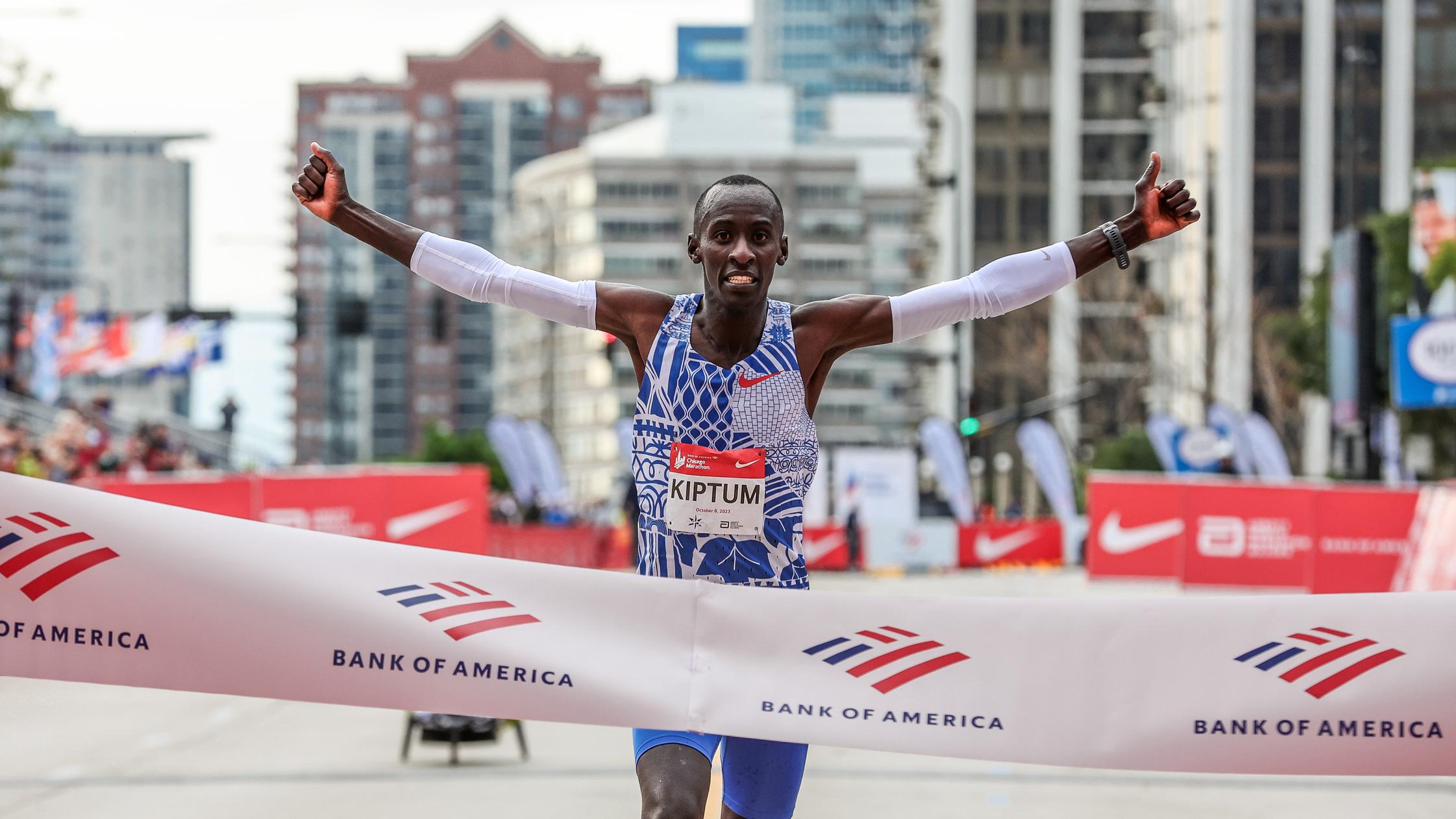By Kyle Merber
October 18, 2023
“Rockland Lake State Park: where the course ain’t short, but the loops are!” If you work for the New York State Parks Department and can get this slogan posted there, please let me know.
This past weekend, the McKirdy Micro Marathon took place at RLSP (gonna also try to make this acronym stick, sorry, y’all) about an hour outside of Manhattan and it proved something that anyone who has ever run in a major marathon already knew: they’re not set up to run your fastest.
There are bridges in New York, hills in Boston, downhills in London, turns in Chicago and Berlin, and U-turns in Tokyo. To get to the start of any of them requires a crack of dawn wake-up time, a long bus ride, and lots of standing around. The elites get bottles, but not everyone has a Bottle Claus. And if you’re trying to get any feedback from your coach, good luck hearing it!
These races are designed for tens of thousands of people, and they do not have the flexibility to say… change the start time depending on the weather, which is exactly what happened this weekend in New York. This past spring, on the same course, Trials of Miles organized a similar half marathon event, and athletes were told the race would be on either Saturday or Sunday for optimum conditions – and it was not official until two days before.
Consider the impact that pacing lights have had on the track these past few years. There’s a huge advantage to knowing exactly where you are supposed to be for a measured and even-split effort. On the roads, there are GPS watches, which when accurate do a good enough job, generally – except there are hills. What is the equivalent of a 5:10 mile split when there was a 50-foot net elevation loss?
On a pancake flat three-mile closed loop course, this is no longer an issue. Every lap, there was a board displayed for runners to see how their splits compared to where they needed to be in order to get the Olympic Trials Qualifier. With good weather, pacers, a big pack to run with, bottle support, stress-free logistics, and no inclines, things worked out really well!
Tsegay Tumay of Eritrea won the men’s race handily in 2:11:04, something he has done before as his personal best is 2:09:07, however, this was his fastest since 2019. But it’s what happened behind him that was remarkable: 32 American men ran under the OTQ standard of 2:18:00 and 27 for the first time.
Calli Thackery won the women’s race in her debut, running 2:22:17 to jump immediately into a tie at the number two spot on the Great Britain all-time list. The four-time All-American at New Mexico had just finished 7th at the World Championship Half Marathon. Following her through the tape was a cohort of 12 American women who broke the 2:37:00 mark, 10 of whom did not previously have a qualifier.
Between the McKirdy Micro, the Marathon Project, the INEOS 1:59 Challenge, and other elite-oriented races, there is proof of concept. These “bubble” events create fast times. As standards get more difficult, these time trials will become increasingly more common and the cycle will become self-perpetuating.
The top athletes in the world will continue going to World Marathon Majors because of the big appearance fees and prize money… until they start getting passed over for Olympic team selections because some dude ran 2:01 in a vacuum rather than 2:03 in Berlin. Can you imagine how fast Kelvin Kiptum or Tigist Assefa would have run had they not had to go over even the smallest speed bump, make a harsh turn, or worry about taking tangents?
When theorizing with a friend about this dystopian future he said, “I can not wait until we can focus on just racing again!” I hear that. It sort of feels like I am getting close to that place on the track – being the 12th-place finisher in a time that I used to consider fast just doesn’t impress me anymore.
My qualms with marathon running are more about the dispersal of talent rather than the disjunction of courses. And maybe if chasing fast times puts the fittest athletes in the world on the same course on the same day in head-to-head matchups, then that’s worth giving up running past national monuments through screaming crowds to do so? But city marathons are special because it’s the one sport in which forty-thousand people get to compete against the elites, right? And those participants are the ones funding the whole thing!
Maybe the problem is having time-based qualifying standards that force athletes to stop competing with each other, and only with the clock. Is there another option?

Kyle Merber
After hanging up his spikes – but never his running shoes – Kyle pivoted to the media side of things, where he shares his enthusiasm, insights, and experiences with subscribers of The Lap Count newsletter, as well as viewers of CITIUS MAG live shows.




